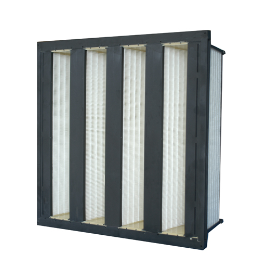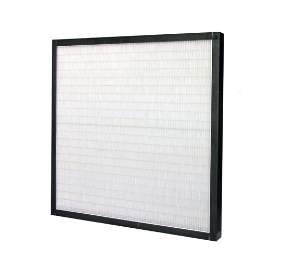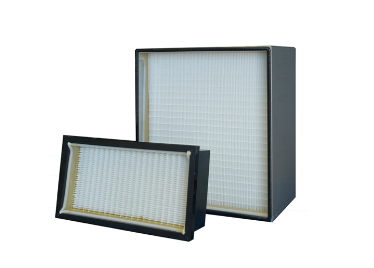HEPA Filters
HEPA filters (an acronym for High Efficiency Particulate Air) are a type of filter used in air purification systems and hoovers to remove small particles and pollutants from the air.
HEPA filters
HEPA filters are noted for their ability to retain extremely small particles such as dust, pollen, dust mites, mould spores, and even bacteria and viruses. They are extremely efficient and must adhere to strict standards to be classified as true HEPA filters. To receive this designation, a HEPA filter must be able to intercept at least 99.97% of particles measuring 0.3 micrometres or larger. Because of their efficiency, they are used in air purification systems in residences, health care facilities, laboratories and industrial sectors that require clean air.
There are various models of HEPA filters, such as fibreglass, pleated paper and microfibre. Regardless of type, they all aim to meet the criteria of filtration efficiency and capture of minute particles. They are particularly beneficial for individuals with allergies, asthma or conditions that are aggravated by the presence of pollutants and allergens in the environment.
Sectors and application
HEPA filters are versatile and are used in a variety of industries due to their ability to trap ultrafine particles. Some of the most prominent industries using HEPA filters include:
- Hospitals or health centres: They are used in hospitals, especially in operating theatres, intensive care units and immunocompromised patient areas, to prevent the spread of micro-organisms.
- Pharmaceutical industry: They are essential in production and research areas to ensure a sterile and contaminant-free environment.
- Automotive: They are used in painting and finishing processes to ensure that the air is free of particles that could affect the quality of the finish.
- Homes and offices: They are found in air purifiers and some hoovers to improve indoor air quality by removing allergens, dust and other pollutants.

FAQs
- What are HEPA filters?
It is a type of air filter that can trap a large amount of very small particles that other air filters might let through.
- How does a HEPA filter work?
A HEPA filter is made of a mesh of randomly arranged fibres, usually fibreglass. These fibres are designed to trap particles in three main ways:
- Interception: Particles travelling close to a fibre stick to it.
- Impact: Larger particles cannot avoid the fibres and collide with them.
- Diffusion: Smaller particles, which move erratically, eventually collide with a fibre and become trapped.
- What are HEPA filters for?
HEPA filters are used in a variety of applications where clean air is essential. This includes hospitals, laboratories, some high-tech industries and in air purifiers for homes and offices. They can also be found in hoovers, to ensure that particles do not re-enter the environment after being sucked out.
- Can a HEPA filter remove viruses and bacteria?
While HEPA filters are highly efficient at capturing particles, including those containing viruses and bacteria, they do not kill these microorganisms. However, because they are trapped in the filter, these pathogens are not redistributed into the air. Some systems may include other technologies, such as ultraviolet light, to deactivate or kill pathogens captured in the filter.


